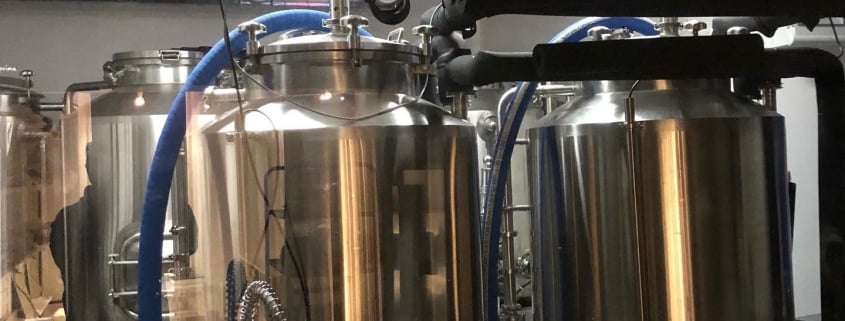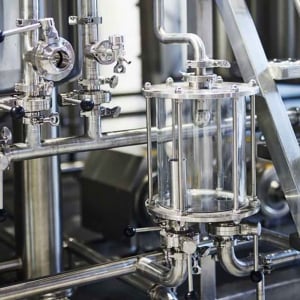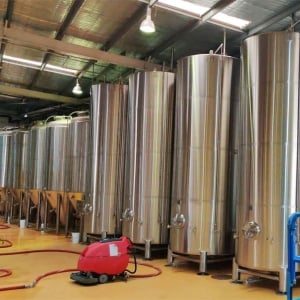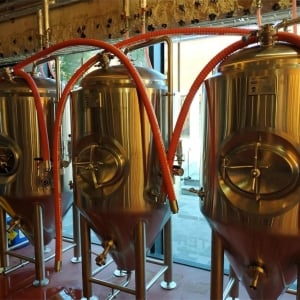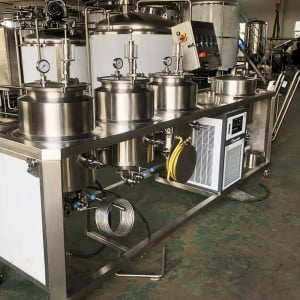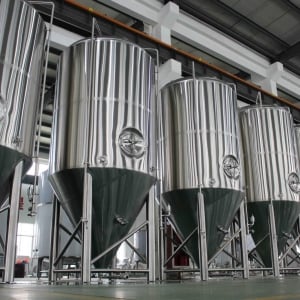Starting a Nano Brewery
Overview of Starting a Nano Brewery
Starting a nano brewery is more than just brewing beer—it’s about crafting an experience. A nano brewery focuses on small-batch production, often producing no more than a few barrels at a time. But is this venture right for you? In this guide, we’ll explore everything from equipment selection to financial planning. You’ll gain an in-depth understanding of what it takes to start, run, and grow your own nano brewery startup.
Equipment Guide for a Nano Brewery Startup
Starting with the right equipment is key. You don’t want to overspend, but cutting corners on equipment can be disastrous for your operation. Let’s dive into the specifics.
Types of Brewing Equipment
| Equipment Type | Purpose | Estimated Cost | Recommended Features |
|---|---|---|---|
| Brew Kettle | Primary brewing vessel | $1,000 – $5,000 | Stainless steel, volume gauge |
| Fermentation Tanks | Fermentation and conditioning | $2,000 – $10,000 | Temperature control, pressure-rated |
| Mash Tun | Extracting fermentable sugars | $1,500 – $8,000 | False bottom, insulation |
| Wort Chiller | Cooling boiled wort quickly | $300 – $1,500 | Plate chiller, immersion chiller |
| Kegs | Storing and dispensing the beer | $50 – $150 per keg | Stainless steel, various sizes |
| Bottling and Canning | Packaging the final product | $1,000 – $7,000 | Automated options for higher volume |
| Glycol Cooling System | Temperature regulation | $3,000 – $10,000 | Multizone control, efficiency |
Choosing the right equipment depends heavily on your budget and production goals. Let’s talk about those goals. Are you aiming to craft small, artisanal batches? Or do you plan to scale quickly? Either way, the equipment you choose sets the tone for your operation.
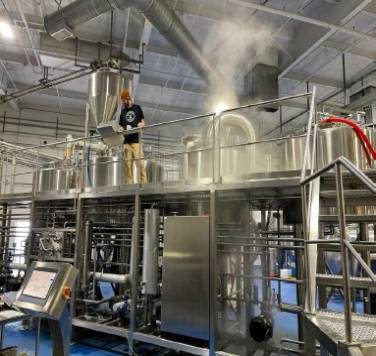
Nano Brewery Startup Process: From Idea to Execution
Now that we’ve covered the basic equipment, let’s discuss how the entire brewing process works.
Brewing Process for Nano Breweries
The brewing process in a nano brewery is relatively similar to larger breweries but on a smaller scale. Let’s walk through each step:
- Mashing: This is where the malted barley gets mixed with hot water, creating a sweet, fermentable liquid called wort. In a nano brewery, you might use a smaller mash tun, allowing for more precision in your grain-to-water ratio.
- Boiling: After mashing, the wort is transferred to a brew kettle where it’s boiled. Boiling sterilizes the wort and is the stage where hops are added. The choice of hops and the length of the boil play significant roles in determining the bitterness and aroma of the final product.
- Fermentation: Once the wort is boiled and cooled, it’s transferred into a fermentation vessel where yeast is added. Over the next few weeks, the yeast converts the sugars into alcohol.
- Conditioning: After fermentation, the beer may be conditioned to let flavors mature and develop. This can be done in the same vessel or by transferring it to another tank.
- Packaging: Finally, the beer is ready for bottling, canning, or kegging. Nano breweries typically opt for smaller batch packaging, focusing on high-quality, hand-crafted brews.
Capacity, Space, Design, and Layout for Nano Breweries
When it comes to setting up your nano brewery, space considerations are crucial. Your layout will affect not just the brewing process, but also the customer experience if you plan to have a tasting room.
Factors to Consider for Layout and Design
| Factor | Description |
|---|---|
| Space Requirement | A nano brewery can often fit into spaces as small as 500-2,000 sq. ft. |
| Production Capacity | Nano breweries typically produce fewer than 7 barrels per batch. |
| Custom Design | Custom-designed spaces enhance both functionality and customer experience. |
| Workflow Efficiency | Ensure a logical flow between mashing, boiling, fermenting, and packaging. |
| Customer Area | If you have a tasting room, allocate around 25-50% of your total space. |
A nano brewery is like a cozy living room—small, intimate, and efficient. The design should reflect your brand’s personality while remaining functional. The layout can make or break your daily operations, so investing in a solid design is crucial.
Suppliers and Price Range: Where to Buy Nano Brewery Equipment
Getting the right suppliers is a key part of your startup journey. Let’s compare some popular options.
Nano Brewery Equipment Suppliers and Price Ranges
| Supplier | Equipment Offered | Price Range | Special Features |
|---|---|---|---|
| Blichmann Engineering | Complete brewing systems | $5,000 – $50,000 | High-quality, customizable systems |
| Ss Brewtech | Fermenters, kettles, cooling systems | $3,000 – $40,000 | Innovative designs, precision controls |
| Spike Brewing | Brewing vessels, fermenters | $2,500 – $35,000 | Focus on efficiency and durability |
| Stout Tanks & Kettles | Fermenters, bright tanks | $2,000 – $30,000 | Stainless steel, built-to-order |
| Brewmation | Automated brewing systems | $10,000 – $60,000 | Turnkey solutions, automation |
Choosing a supplier often comes down to your budget and specific needs. It’s like choosing a car—some people prioritize speed, others care more about the aesthetic or reliability. What’s your priority?
Installation, Operation, and Maintenance of Nano Brewery Equipment
Operating a nano brewery involves more than just brewing great beer. The equipment you choose requires proper installation, operation, and ongoing maintenance.
Guide to Installation, Operation, and Maintenance
| Process | Details |
|---|---|
| Installation | Hiring professionals for installation is often necessary. Correct setup ensures safety and efficiency. |
| Operation | Regular staff training on brewing equipment is crucial for consistent quality. |
| Maintenance | Routine cleaning, inspections, and timely repairs will keep your equipment running smoothly. |
Good equipment is like a well-tuned instrument—it requires proper care to continue delivering high performance. Skimping on maintenance can lead to breakdowns, which can be costly.
Choosing the Right Supplier for Your Nano Brewery
Not all suppliers are created equal. Here’s a breakdown of the key factors you need to consider when choosing your equipment supplier.
How to Choose the Best Nano Brewery Supplier
| Criteria | Considerations |
|---|---|
| Reputation | Check reviews, customer testimonials, and industry reputation. |
| Customization Options | Can the supplier tailor equipment to your specific needs? |
| Support and Warranty | What level of support do they offer post-purchase? |
| Price vs. Value | Is the price justified by the quality and service offered? |
| Lead Times | How long will it take to get your equipment delivered and installed? |
Choosing the right supplier is like choosing a business partner—you want someone reliable, flexible, and invested in your success.
Advantages of a Nano Brewery Startup
Why start a nano brewery? Let’s explore the key advantages.
Advantages of Starting a Nano Brewery
- Lower Startup Costs: Compared to full-scale breweries, the cost of starting a nano brewery is significantly lower. You can often get up and running for under $100,000, compared to millions for larger operations.
- Flexibility: Small batches allow you to experiment with new flavors and styles, giving you creative control over your brews.
- Community Engagement: Nano breweries often become community hubs, offering intimate tasting experiences and local collaborations.
- Scalability: Starting small doesn’t mean staying small. Many nano breweries eventually scale up, adding more brewing capacity as demand grows.
Challenges and Limitations of a Nano Brewery
While there are clear advantages, it’s important to be aware of the challenges too.
Limitations of a Nano Brewery
- Limited Production Capacity: With smaller equipment, your production volume is naturally limited, which can restrict your ability to meet growing demand.
- Higher Cost Per Unit: Small batches often mean higher costs per bottle or keg, making it harder to compete with larger breweries on price.
- Operational Complexity: Despite the smaller size, running a nano brewery involves many of the same logistical and operational challenges as a full-scale brewery.
- Scaling Challenges: Growing from nano to microbrewery can be challenging without significant reinvestment in new equipment and space.
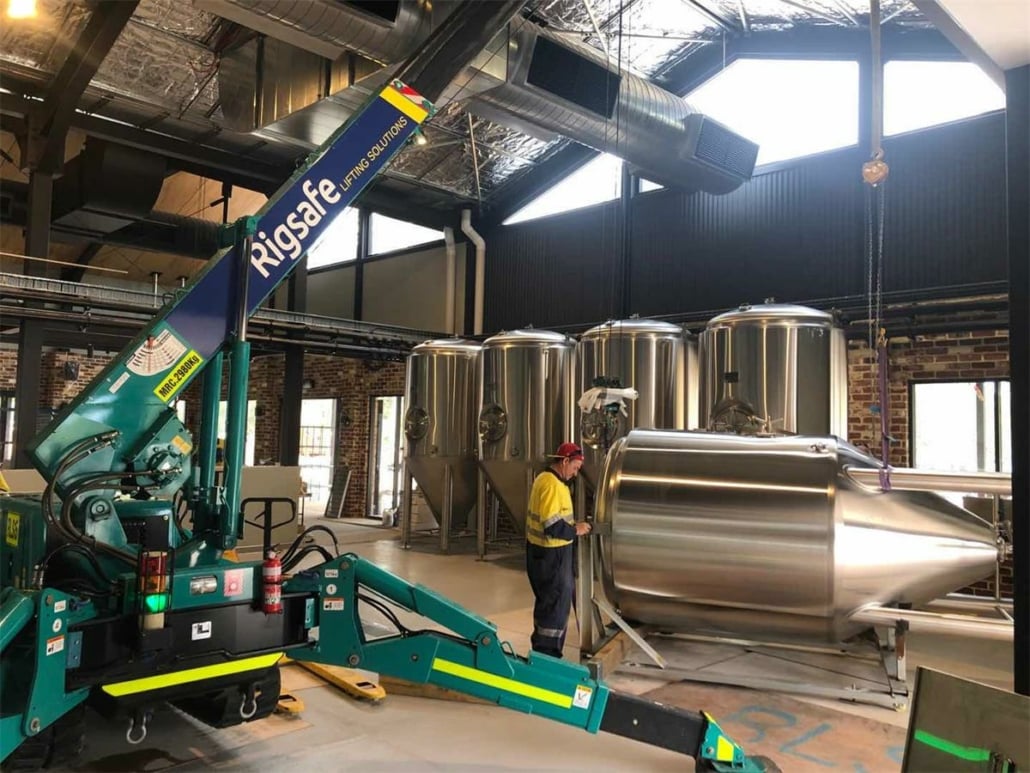
FAQ
| Question | Answer |
|---|---|
| How much does it cost to start a nano brewery? | The initial investment ranges from $50,000 to $200,000, depending on equipment and location. |
| How many barrels does a nano brewery produce? | Typically, a nano brewery produces fewer than 7 barrels per batch. |
| Can I operate a nano brewery from my home? | In some states, yes, but you must comply with local health and safety regulations. |
| Do I need a license to start a nano brewery? | Yes, you’ll need a brewing license, and possibly others depending on your location. |
| Is it profitable to run a nano brewery? | It can be, but profitability depends on your ability to control costs and grow demand. |

